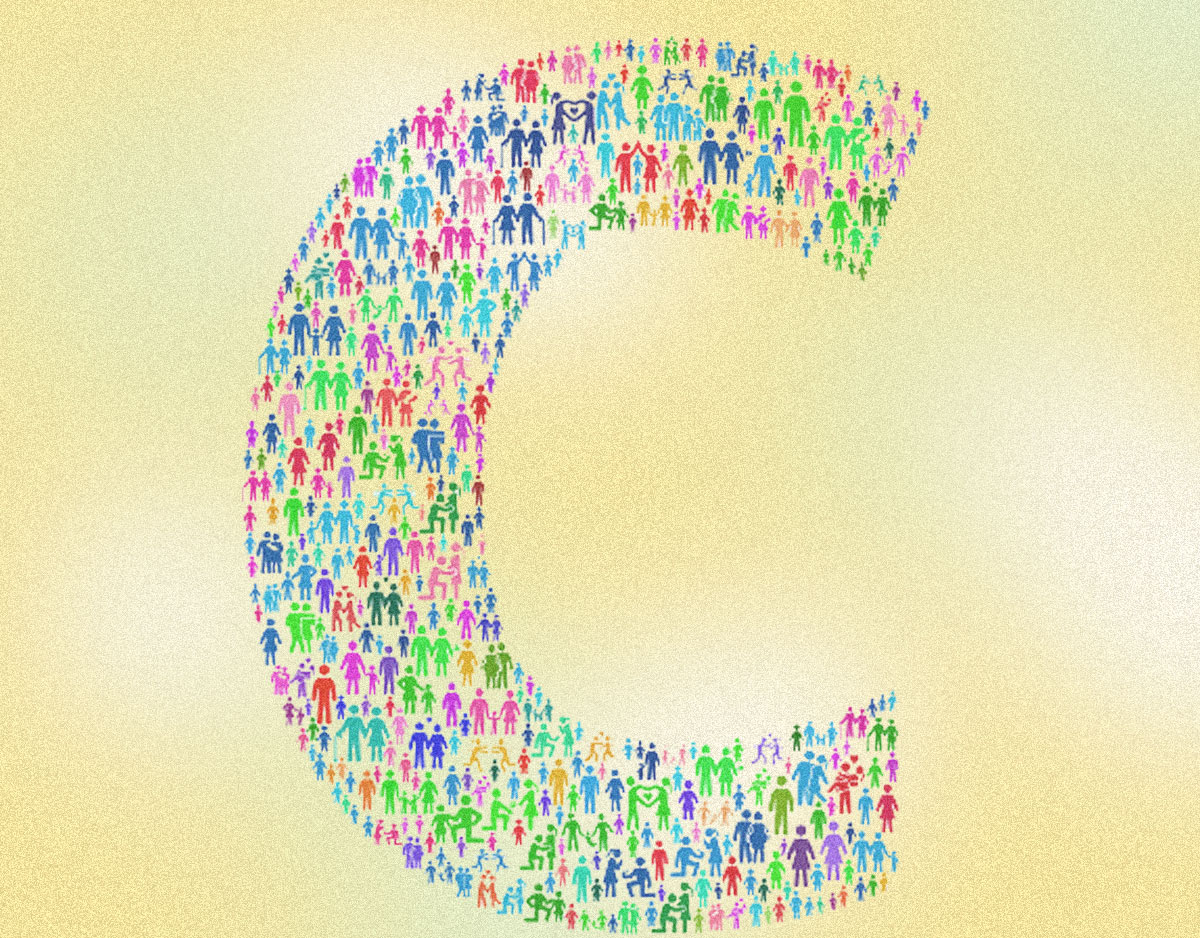Community Is Central to Libraries and Sesame Street | From the Editor
As my community expands from Library Journal to now include School Library Journal, I am eager to understand more about what you, our SLJ readers, value and how our publications can best support your needs.

In libraries we talk a lot about community—the communities where we deliver service, the communities of librarians to which we belong, and the communities we seek to build and cultivate through literacy and information access.
When I think of community in libraries, I often consider its elements: who is included, what we value, how we come together, and why we stay connected.
But I’ve had a more concrete example of community on my mind recently. With the Corporation for Public Broadcasting shutdown now imminent, I’ve been revisiting the place where I think I first recognized the meaning of community: Sesame Street.
L ike many kids, my sister and I grew up watching Oscar the Grouch, Snuffy, Cookie Monster, and The Count teach us about numbers, the alphabet, and what it means to be a friend. We giggled when Bert tried to talk Ernie out of some wacky scheme. We grieved when Mr. Hooper died. From its very inception, Sesame Street was designed to model what it means to live, learn, and grow in a diverse and supportive environment. Whether it was Big Bird or Kermit exploring emotions with their Muppet pals or Gordon and Susan helping a neighbor, Sesame Street expressed community connectedness in ways that mirror the idea of community in libraries.
ike many kids, my sister and I grew up watching Oscar the Grouch, Snuffy, Cookie Monster, and The Count teach us about numbers, the alphabet, and what it means to be a friend. We giggled when Bert tried to talk Ernie out of some wacky scheme. We grieved when Mr. Hooper died. From its very inception, Sesame Street was designed to model what it means to live, learn, and grow in a diverse and supportive environment. Whether it was Big Bird or Kermit exploring emotions with their Muppet pals or Gordon and Susan helping a neighbor, Sesame Street expressed community connectedness in ways that mirror the idea of community in libraries.
Everyone belongs in the Sesame Street television neighborhood in much the same way that libraries strive to nurture an inclusive environment that is open to all. Sesame Street’s creators intended to use the power of public television to give all children access to early learning—especially those who might otherwise be underserved. Libraries, as a public good, are grounded in a commitment to equitable access to information and opportunity.
Learning is a shared experience on Sesame Street just as it can be in library spaces. Often wrapped up in play, the learning happens socially, and ideas are explored together. In a school library, that might look like students working together on a LEGO challenge or voting for a title in their school’s Mock Newbery. At the public library, it could be an after-school tabletop role-playing game, a coffee club for high schoolers, or collaboration with a local food bank to provide summer lunches to kids.
While the demise of the Corporation for Public Broadcasting won’t spell the end of Sesame Street (Netflix recently inked a deal with Sesame Workshop for worldwide streaming rights), it signals a broader shift in public support for institutions that foster social infrastructure and cultural respect. Even down to its urban cityscape, Sesame Street was designed to be a hub for connection—neighbors bumping into one another, chatting on the stoop—in much the same way that libraries of all kinds offer a welcoming shared space.
This month’s cover story, “Culture Club” (p. 24), offers one of the many thoughtful ways that school librarians build community—in this case, through faculty and staff book clubs—to support readers and learners alike.
As my community expands from Library Journal to now include School Library Journal, I am eager to understand more about what you, our SLJ readers, value and how our publications can best support your needs.

Hallie Rich
EDITORIAL DIRECTOR, LIBRARY JOURNAL
AND SCHOOL LIBRARY JOURNAL
hrich@mediasourceinc.com
RELATED
The job outlook in 2030: Librarians will be in demand
The job outlook in 2030: Librarians will be in demand
ALREADY A SUBSCRIBER? LOG IN
We are currently offering this content for free. Sign up now to activate your personal profile, where you can save articles for future viewing






Add Comment :-
Be the first reader to comment.
Comment Policy:
Comment should not be empty !!!